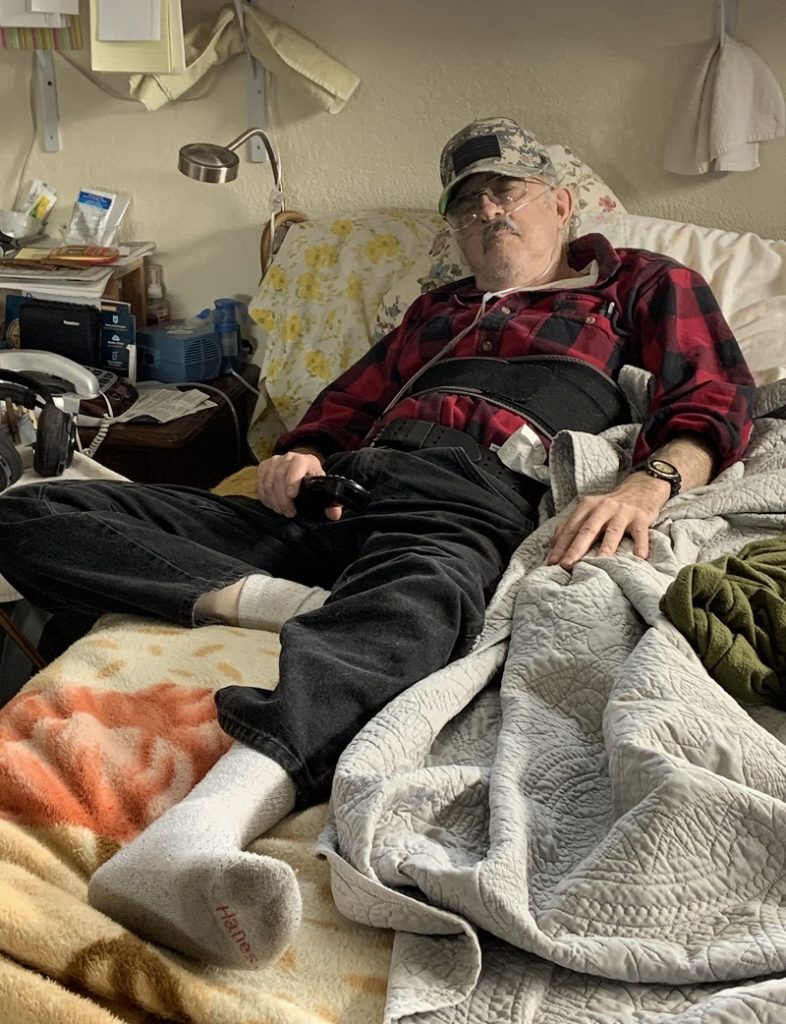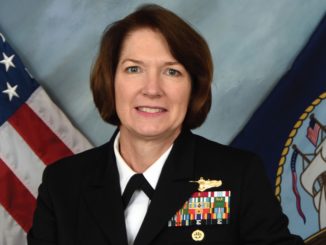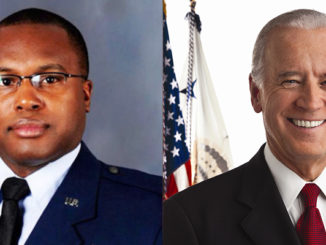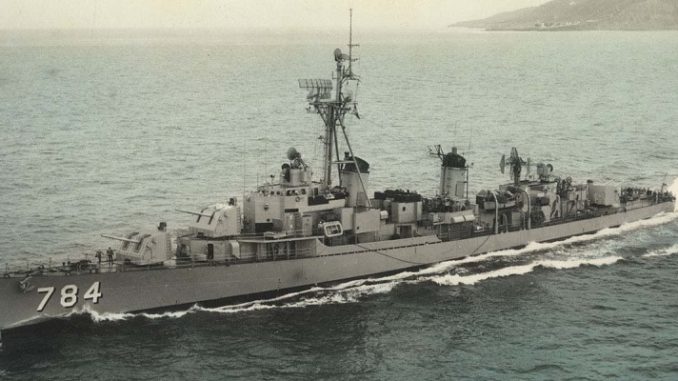
There is much to be learned from the entire AGENT ORANGE fiasco which occurred 50+ years ago. Most people just tune-out when they hear the words “AGENT ORANGE.” But, any historian will tell you, that if we don’t learn from our history, we are doomed to repeat it.
Since there has been a new and recent development from the VA on who is, and is not, eligible for AGENT ORANGE benefits, we ask our readers to take a few minutes to review information about the whole issue of Agent Orange and learn of the VA’s new attempt to disenfranchise some veterans, apparently in a cost-cutting effort.
REVIEW:
AGENT ORANGE is a herbicide and defoliant chemical, one of the “tactical use” Rainbow Herbicides. It is widely known for its use by the U.S. military as part of its chemical warfare program, Operation Ranch Hand, during the Vietnam War from 1962 to 1971.
In addition to its damaging environmental effects, traces of dioxin (mainly TCDD, the most toxic of its type) found in AGENT ORANGE caused major health problems for many individuals who were exposed.
Between 1962 and 1971, the United States military sprayed nearly 20,000,000 U.S. gallons of various chemicals – the “rainbow herbicides” and defoliants over Vietnam, eastern Laos, and parts of Cambodia. “Operation Ranch Hand,” reached its peak from 1967 to 1969.
It’s estimated that up to four million people in Vietnam were exposed to the defoliant, but the United States government has challenged these figures as being unreliable. The U.S. government has documented higher cases of leukemia, Hodgkin’s lymphoma, and various kinds of cancer in exposed veterans.
By 1971, twelve percent of the total area of South Vietnam had been sprayed with defoliating chemicals, at an average concentration of 13 times the recommended U.S. Department of Agriculture application rate for domestic use. What’s wrong with that picture?
U. S. GOVERNMENT FINALLY ADDRESSES
THE AGENT ORANGE FIASCO
In 1991, Congress enacted the Agent Orange Act, giving the Department of Veterans Affairs the authority to declare certain conditions “presumptive” to exposure to Agent Orange/dioxin, making these veterans who served in Vietnam eligible to receive treatment and compensation for these conditions.
The same law required the National Academy of Sciences to periodically review the science on dioxin and herbicides used in Vietnam to inform the Secretary of Veterans Affairs about the strength of the scientific evidence showing association between exposure to Agent Orange/dioxin and certain conditions.
The authority for the National Academy of Sciences reviews and addition of any new diseases to the presumptive list by the VA is expiring in 2015 under the sunset clause of the Agent Orange Act of 1991.
Through this process, the list of ‘presumptive’ conditions has grown since 1991, and currently the U.S. Department of Veterans Affairs has listed…
prostate cancer,
respiratory cancers,
multiple myeloma,
type II diabetes mellitus,
Hodgkin’s disease,
non-Hodgkin’s lymphoma,
soft tissue sarcoma,
chloracne,
porphyria cutanea tarda,
peripheral neuropathy,
chronic lymphocytic leukemia, and
spina bifida in children of veterans exposed to Agent Orange as conditions associated with exposure to Agent Orange.
This list now includes B cell leukemias, such as hairy cell leukemia, Parkinson’s disease and ischemic heart disease, these last three having been added on August 31, 2010.
The VA denied the applications of post-Vietnam C-123 aircrew veterans because as veterans without “boots on the ground” service in Vietnam, they were not covered under VA’s interpretation of “exposed”.
At the request of the VA, the Institute Of Medicine evaluated whether or not service in these C-123 aircraft could have plausibly exposed soldiers and been detrimental to their health. Their report “Post-Vietnam Dioxin Exposure in Agent Orange-Contaminated C-123 Aircraft” confirmed it.
In June 2015 the Secretary of Veterans Affairs issued an Interim final rule providing presumptive service connection for post-Vietnam C-123 aircrews, maintenance staff and aeromedical evacuation crews. VA now provides medical care and disability compensation for the recognized list of Agent Orange illnesses.
VA RECENTLY GRANTED BENEFITS,
BUT ONCE AGAIN, PENCILED-OUT CERTAIN VETERANS
A press release from the MVA (Military-Veterans Advocacy) Group states the following…
After a two-decade battle in Congress and in the courts, the Department of Veterans Affairs has finally begun to adjudicate benefits for some – but not all – veterans who served in waters offshore Vietnam. In a new change to their adjudication manual, the VA will now grant benefits to those veterans who serve in the bays, harbors and territorial sea of Vietnam.
“This may be a good start,” said Col. Rob Maness (USAF, Ret.), Executive Director of the Louisiana-based Military-Veterans Advocacy (MVA), “but the battle continues. The new policy specifically exempts those veterans who flew close air support missions and those who served outside of the territorial sea.”
MVA led the fight for benefits for these veterans, known as “Blue Water Navy,” sailors. In January 2019, MVA won a landmark court case in the Court of Appeals for the Federal Circuit, Procopio v. Wilkie, which interpreted the Agent Orange Act of 1991 to include the territorial sea.
Congress acted soon after by passing the Blue Water Navy Vietnam Veterans Act of 2019. The law allowed for a stay of benefits, which the VA imposed. MVA went back to court to force an end to the stay effective Jan. 1, 2020.
“The VA has chosen to interpret the Blue Water Navy Vietnam Veterans Act too narrowly,” said Commander John B Wells, (USN, Ret), MVA’s chairman of the board and director of litigation.
“The Congressional action was poorly worded and provided ambiguities seized on by the Veterans Administration to limit coverage. Although the Act did not replace the original law and did not supersede Procopio, the VA’s constricted reading effectively does so.”
Wells also noted that the legislative history of the Act eliminated coverage for those who flew over Vietnamese territorial sea, but that the VA policy restricts those who flew low-level missions in South Vietnam.
“Often these Air Force and Navy pilots flew through clouds of Agent Orange to perform their mission,” Maness noted. “They should be covered.”
The policy changes also addressed bases in Thailand where Agent Orange was used on the perimeter. Under the new provision, veterans who had duties on the perimeter were covered but others were not.
“This policy is way too narrow,” said Bill Rhodes, a retired Marine Staff Sergeant and Thailand veteran who joined MVA as Director of Thailand Veterans. “Many of the barracks backed up to the perimeter and personnel who did not have duties on the perimeter slept there. Yet they are not covered. Additionally, vehicles and personnel would track the herbicide into the base interior, increasing the exposure.”
Rhodes also noted that the Army Field Manual governing herbicide exposure required a buffer area of 500 meters from spraying. Personnel serving in that buffer area are not covered by the new policy.
Although the policy addressed Johnston Island, it virtually excluded military personnel stationed there. “Although contractors handled the storage,” said Brian Moyer, MVA Director of Central Pacific Islands, “military personnel were in the area covered. Johnston Island is a small atoll and the leakage from the steel barrels, stored in the open salt air, resulted in the exposure of military personnel in the area.”
Not covered in the policy change was the island of Guam, where testing has shown the presence of herbicides as late as 1980. MVA currently has a Rule-making request for Guam pending at the VA.
“We are reviewing our options,” said Wells, “and may seek judicial review of this policy.”
SUMMARY:
- The military-industrial-complex gave a chemical company a huge contract to defoliate Vietnam.
- Military personnel and civilians are told Agent Orange will only defoliate the jungle and not hurt them.
- Years later, after the culmination of the Vietnam War, the government finally admits the cause and effect between the chemical and a multitude of physical problems in those who were exposed to the so-called harmless defoliant Agent Orange.
- The VA begins to provide benefits for some but not all. Naval personnel were exempted from receiving benefits, because they were allegedly not exposed since they were not operating under the jungle canopy that was sprayed with the deadly toxin.
- Some pencil-neck in the VA came up with an idea to save some money by cutting off Agent Orange related VA benefits to naval personnel, again because they were allegedly not exposed, because they were at sea and not on the ground.
- The MVA Group headed by John Wells, after twenty years of work, finally obtained a victory in the U.S. House of Representatives when House unanimously voted to include Naval personnel who had been summarily exempted by the VA.
- After the House passed the Bill, it was sent to the Senate for a vote. This is when Secretary Robert Wilkie sent his mouth-piece to the a U.S. Senate committee in order to convince Senators to NOT support the Bill which overwhelmingly passed in the House. It all boiled down to money. Suddenly providing benefits going back to the 1960’s to thousands of naval personnel was considered a budget buster. Our government doesn’t bat and eye when wasting trillions of dollars, but providing help to America’s veterans was suddenly considered too expensive. Give us a freaking break.
- After yet more delays, the Blue Water Navy Vietnam Veterans Act of 2019 was finally passed by the Senate and signed into law by President Trump. The VA got what they wanted however, lots of loopholes which they planned to take full advantage of.
- Just when our veterans thought relief was on its way, the VA pulls the rug out from under the naval vets once again. The VA takes advantage of some loopholes they wanted the Senate to include which meant the VA didn’t have to provide benefits to aircrews flying off aircraft carriers that were operating outside the territorial waters. These aircrews actually flew through clouds of Agent Orange while providing close air support to our ground troops engaging the enemy.
- The non-profit MVA Group is once again considering filing yet another law suit while veterans continue to suffer from horrible physical maladies associated with Agent Orange.
- The VA policy of “Delay and Deny, Until they All Die” is still in effect. The truth is, United States Department of Veterans Affairs (VA) looks for ways to deny benefits, rather than looking for ways to provide benefits.
CLASSIC EXAMPLE:
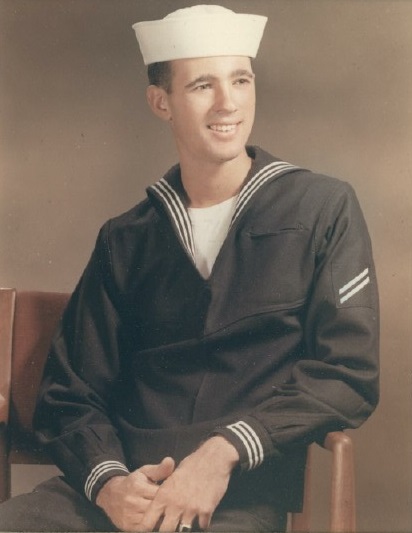
The destroyer USS McKean, in December 1965, refueled hundreds of helicopters that were spraying the jungles of Vietnam.
The ship got within fifty yards of the coast of Vietnam and occasionally would venture into the inland bays and waterways of Vietnam.
The destroyer was too small for helicopters to land for refueling, so helicopter pilots would first hover over the ship, then hoist up the fuel hose and nozzle.
The pilot would then move off to the water and lower down to hover over the water while they pumped fuel from the ship into the aircraft.
While helicopters hovered over the ship, Agent Orange was dripping from the nozzles of the spraying equipment onto the deck and superstructure of the ship.
The deadly chemical got into the water and air-filtration systems of the USS McKean, which exposed her sailors to deadly Agent Orange toxins.
The hospital corpsman on the USS McKean (Steven Luke) is now 75 years old and tethered to an oxygen machine because half of his lung had to be removed.
He had four (4) feet of his small intestine removed and contracted carcinoid cancer. Mr. Luke, so far has had twenty-three (23) tumors surgically removed from his body.
The VA has thus far, denied Mr. Luke benefits associated with his exposure to Agent Orange. By all that is right and just, the nation that deliberately & knowingly infected her honorable and brave sailors with deadly Agent Orange toxins should make amends. Why do bureaucrats continually deny benefits to the needy and deserving?
Every single military member exposed to Agent Orange should be declared as 100% disabled and provided with compensation to the date of their exposures. With all the money the United States government wastes on any given day, why not fork over some cash to those who fought in one of those political wars that yielded nothing but lost blood and treasure.
After the Vietnam War the USS McKean was allegedly leased to the Australian Navy, then transferred to the Turkish Navy 02NOV82. Because the ship was still contaminated Agent Orange, Australian & Turkish sailors also suffered from health problems as a result of their exposure to Agent Orange.
